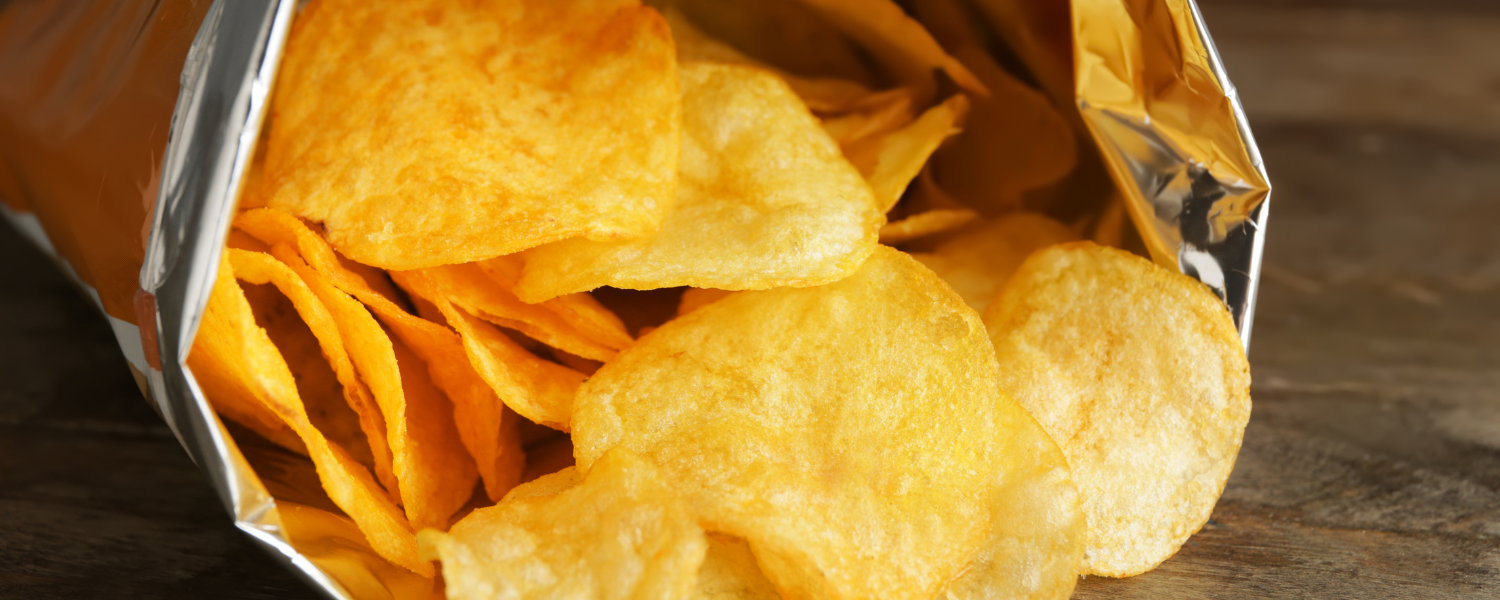How CPG Brands Can Master the Art of Urgency: Limited-Edition Products
By: Lindsay Toth
In the fast-moving world of food CPG, limited-edition products have become a powerful tool to spike demand, create buzz, and reward loyal customers. The psychology behind scarcity works especially well in food—where seasonal flavors, exclusive collaborations, and surprise drops tap into consumers' fear of missing out (FOMO) and desire for novelty.
Why Limited Editions Work in Food & Beverage
Research shows that 57% of millennials buy limited-edition food products simply for the thrill of exclusivity (Nielsen). When done right, scarcity messaging can increase conversions by 332% (Journal of Marketing Research). Food brands have a unique advantage here—unlike fashion or tech, food is consumable, shareable, and Instagrammable, making it perfect for hype-driven launches.
Take Starbucks’ Pumpkin Spice Latte, for example. What started as a seasonal experiment is now a cultural phenomenon, generating over $100M in annual PR value and creating a frenzy every fall. Similarly, Trader Joe’s fuels customer excitement with rotating seasonal snacks like their infamous Turkey & Stuffing Potato Chips, which sell out within weeks.
5 Winning Limited-Edition Strategies for Food Brands
Seasonal & Holiday Flavors – Capitalize on nostalgia and tradition (e.g., Peeps’ limited-edition holiday shapes).
Celebrity or Chef Collaborations – Ben & Jerry’s "Netflix & Chill’d" flavor leveraged pop culture to drive sales.
Mystery Variants & Blind Bags – KIND’s "Discover the Flavor" bars encouraged repeat purchases.
Cause-Based Campaigns – Tony’s Chocolonely’s limited wrappers tied to fair trade missions.
Fan-Voted Flavors – Lay’s "Do Us a Flavor" contest turned customers into co-creators.
How to Execute a Successful Limited-Edition Launch
Step 1: Product Development – Keep It Simple
Instead of reinventing the wheel, modify existing SKUs—like Oreo’s Rainbow Sprinkles cookies or Pepsi’s Holiday Spice variant. This reduces R&D costs while still creating novelty.
Step 2: Scarcity Marketing – Fuel the Hype
Countdown timers on product pages ("Only 500 boxes left!")
Early access for loyalty members (e.g., Panera’s sip club exclusives)
User-generated content (UGC) campaigns – "Tag us in your #Unboxing for a chance to win!"
Step 3: Retail & Distribution – Play the Exclusivity Game
Negotiate eye-catching endcap displays in stores.
Test demand with small-batch DTC drops before wider retail distribution.
Common Pitfalls to Avoid
Overproduction – McDonald’s Szechuan Sauce backlash showed that scarcity must be real, not manufactured.
Underestimating Demand – Prime Energy Drink’s resale chaos proved that artificial shortages can backfire.
Poor Communication – Always clearly state end dates and quantities to manage expectations.
3 Food Brands That Nailed Limited Editions
Starbucks – Their seasonal cups and flavours create yearly media frenzies.
Hot Pockets x BTS – Sold out in 72 hours, thanks to K-pop fan hype.
Hershey’s Candy Corn White Chocolate – Earned 1.2B social impressions with a divisive (but buzzworthy) flavor.
Key Takeaways for Food CPG Brands
✔ Limited editions can boost sales by 20-30% during run periods (IRI).
✔ Food thrives on nostalgia, seasonality, and shareability—use these triggers.
✔ Always pair launches with omnichannel storytelling (packaging, social media, in-store displays).






